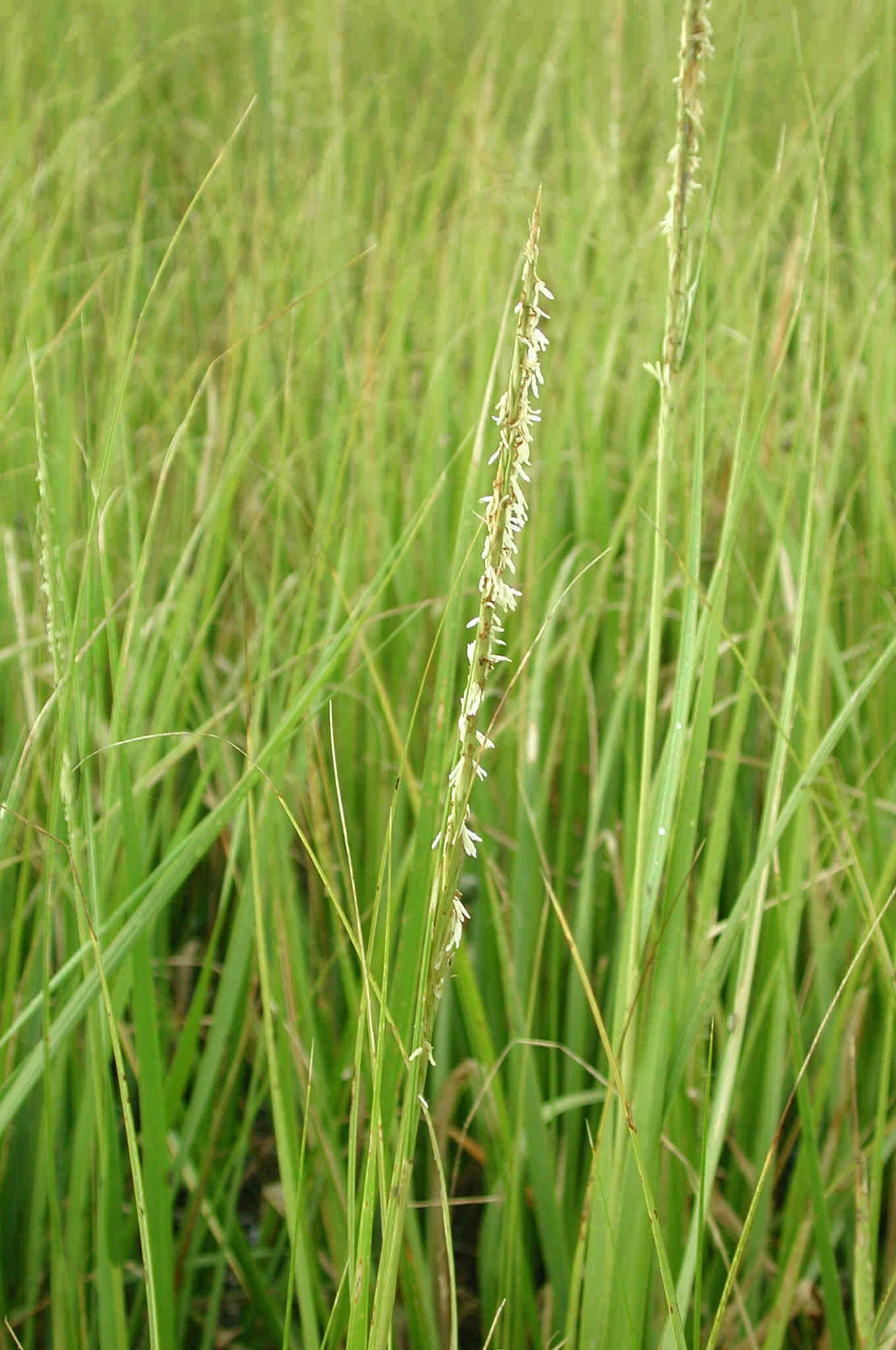Smooth Cordgrass Info: How To Grow Smooth Cordgrass


Smooth cordgrass is a true grass native to North America. It is a coastal wetland plant that reproduces prolifically in moist to submerged soils. Growing smooth cordgrass as a garden plant imparts oceanside beauty and ease of care. It is also important in establishing wild plant stands for birds and as a food source for snow geese. Learn how to grow smooth cordgrass and create a wild space for animals and birds and promote native plantings.
Smooth Cordgrass Info
If you live on the Atlantic Coast, you have probably noticed the tall feathery grasses on beaches, wetlands, and marshes. This is smooth cordgrass (Spartina alterniflora). What is cordgrass? It is widely dispersed in the southwest and eastern coastal regions. This saltwater-loving plant can be used in landscaping as an ornamental plant but is also an important wildlife cover and as a dune stabilizer. It prefers periods of submersion and consistently moist soil. This warm region perennial can grow 6 to 7 feet tall (2 m.). Stems are short and slightly spongy, emerging from large hollow rhizomes. Leaves are tapered and roll inward at the ends. The plant flowers in autumn, producing 12 to 15 spiked seed heads. Each spiked head contains numerous wind-pollinated seeds. Restoration plantings of this grass are common as high-impact sites are repopulated. Note: Smooth cordgrass info wouldn't be complete without mention of its ability to propagate either from seed, pieces of rhizome, or vegetation, making it a very competitive plant and potentially invasive.
How to Grow Smooth Cordgrass
As a rule, growing smooth cordgrass in the home garden is not recommended. This is due to the plant's invasive potential. However, in landscapes that abut marshes or depleted beaches, it is an excellent introduction to prevent further erosion while adding dimension and cover for wild birds. Place young plants 18-72 inches apart (45.5 to 183 cm.). The best water depths for establishing plants are up to 18 inches deep (45.5 cm.). Deeper plantings usually result in new plants drowning. Areas that flood twice per day are ideal, as they represent the conditions the plant experiences in nature. Planting smooth cordgrass has also been proven to filter water and soil, reducing pollution.
Smooth Cordgrass Care
This is a relatively efficient plant, requiring little human intervention provided sufficient water is available. Plants extract primarily groundwater but can also filter salt from tidal influxes. In widespread management schemes, balanced commercial fertilizer is applied at a rate of 300 pounds (136 kg.) per acre (0.5 hectare). A 10-10-10 ratio is commonly used. The sugarcane borer is the biggest pest of smooth cordgrass and can decimate entire stands. In areas with nutria, new plantings will need to be protected. Otherwise, smooth cordgrass care is minimal, with plants easily establishing themselves within a few weeks of planting.
Gardening tips, videos, info and more delivered right to your inbox!
Sign up for the Gardening Know How newsletter today and receive a free copy of our e-book "How to Grow Delicious Tomatoes".

Bonnie Grant is a professional landscaper with a Certification in Urban Gardening. She has been gardening and writing for 15 years. A former professional chef, she has a passion for edible landscaping.
-
 Looking For Plants To Give You The Soft And Fuzzies? Try These 5 Fuzzy Leaf Plant Options
Looking For Plants To Give You The Soft And Fuzzies? Try These 5 Fuzzy Leaf Plant OptionsLovers of texture, drama, silver foliage and tactile plants will adore these special sensory garden additions. These fuzzy leaf plant options will leave you all aglow
By Susan Albert
-
 Get Ready For A Summer Of Hummers! Grow These Full Sun Hummingbird Plants and Flowers
Get Ready For A Summer Of Hummers! Grow These Full Sun Hummingbird Plants and FlowersIf you’re lucky enough to enjoy a sunny backyard, make sure you are maxing out on your pollinator opportunities and grow these full sun hummingbird plants and flowers
By Tonya Barnett